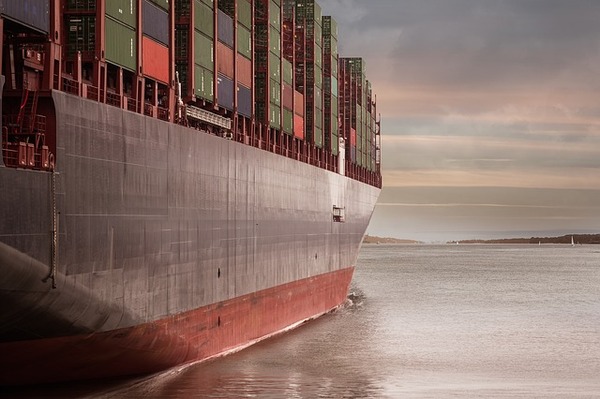[vc_row type=”in_container” full_screen_row_position=”middle” scene_position=”center” text_color=”dark” text_align=”left” overlay_strength=”0.3″][vc_column column_padding=”no-extra-padding” column_padding_position=”all” background_color_opacity=”1″ background_hover_color_opacity=”1″ width=”1/1″ tablet_text_alignment=”default” phone_text_alignment=”default”][vc_column_text]As we barrel down the highway heading for the third decade of the not-so-new millennium, the impact of the digital reformation is making a huge impact on the industries of manufacturing, transportation, and distribution. Known for being industries that are traditionally slow to embrace change, the entire supply chain is learning to leverage the modern improvements and conveniences of cloud computing, mobile technologies, connected devices, and software for distributors. What challenges face distribution as we draw closer to 2020? How can technology help address those challenges? Here are your answers.
 1. Supply Chains are Becoming More Complex & Less Visible
1. Supply Chains are Becoming More Complex & Less Visible
Any breakdown in the supply chain anywhere in the world can derail your ability to make on-time delivery and satisfy your customers’ demands.
The layers upon layers of suppliers and middlemen are growing rapidly. Each layer of supply and demand adds complexity while reducing the ability to achieve visibility into the supply chain.Most distributors admit to having very little visibility into their supply chains, even as tools for tracking and communicating with suppliers get richer in functionality and more reliable. A single breakdown in any layer of the supply chain can upset the entire industry — isn’t it time you got software for distributors so you can control your company’s destiny?
2. Customers are Less Tolerant of Delays
You’d think that in an era in which complexity is compounding by the day, customers would become more accepting of inevitable kinks in the process that lead to delays in distribution. However, B2B customers have quickly grown accustomed to the immediate, almost infallible service of tech giants like Amazon, and aren’t readily accepting of anything less than 100 percent reliable service, 100 percent of the time. That means distributors are forced to improve on multiple levels. In addition to being able to assure on-time delivery, distributors must provide superior customer service, predictable quality, and even take on the responsibility of making extraordinary product recommendations that reliably delight their customers.
3 . Technologies are Addressing Needs Across the Supply Chain
. Technologies are Addressing Needs Across the Supply Chain
The good news is, distributors now have the technology they need to help meet these rises in demand.
Though demands on distributors are indeed growing, the technologies available to meet those stringent demands are also maturing and becoming more potent. Along with more powerful software for distributors, there are tools like GPS devices to track fleets, automation tools to streamline and simplify processes, and paperless warehousing solutions that reduce errors, improve productivity, help manage inventory, and even lower labor costs. Without these and related technologies, it would be difficult or impossible for distributors to keep up with increasing demands.
4. The Supply Chain is Migrating to E-Commerce
Just like buyers take to Amazon and eBay to buy their laptops and gym bags and books, they’re also learning to leverage e-commerce for their business-related buying needs. B2B buyers are shopping and buying online, meaning that it’s essential to have a functional website (more than just a storefront window), customer portal, and other online presence.
Do you have the right software for distributors and other tools you need to succeed in the age of technology? Contact us today so you can prepare for the distribution environment of tomorrow.
[/vc_column_text][/vc_column][/vc_row]
